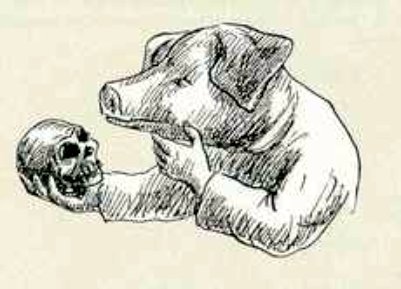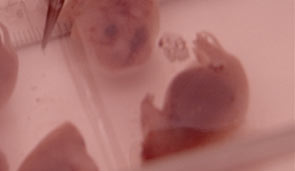
Organ transplantation from one human to another has been practiced for years. But each year up to 10 people die because of not getting an organ transplant because of the limited number of human organ donors. Since this statistic continues to rise, doctors are forced to try new ideas in which life saving tactics could be used to save many peoples lives. Doctors are considering the solution of “xenotransplantation” in order to lower the death rate. Xenotransplantation is the process of transferring cells, tissues, and organs from one species to another. Such as giving a monkey’s liver to a human who has lost his/her liver due to diabetes. This process has been the subject of countless experiments and exploration for almost a century. It started to receive intense attention for the scientific communities within the 1960’s due to an increase of success in the process of human-to-human transfers. In 1963 the first process of xenotransplantation was conducted in which monkey kidneys were transplanted to humans. One of the humans only lived fhor nine months and then died. In 1984 one of the most publicized xenotransplantation attempts was tried on a baby infant who was given a baboon heart. She only lived for 20 days with her xenotransplant heart because her body started to reject the heart given to her. In the first years of the study of xenotransplantation started scientists used monkey as the main animal to transfer organs and tissues. They used monkeys because monkeys are very close to the human genetic code and would theoretically provide flawless organs and tissues for humans to use. Although the recent procedures that involved using monkey organs and tissues failed greatly and scientist decided to try a new animal to test for the process of xenotransplantation. Scientists came to a conclusion of taking organs and tissues from pigs and cows for many different reasons. Pigs mature much faster than monkeys do and are capable of having large litters. They also have very large organs that can be used by humans as opposed to the small organs of the monkeys. Pigs and cows also can be bred to very high standards for xenotransplantation through controlled environments. The main complication of xenotransplantation is that the organ or tissue will be rejected by the person or animal receiving the organ. This happens frequently and there is not much a doctor can do to avoid this often occurring disaster. In order to help some human body’s accept the alien organ the human can sometimes be put under specific drug environments to suppress the immune system. This does not allow the human to act against the foreign object being put into them. If the immune is not put under suppression then the body can take an aggressive stance toward the foreign object and set out to destroy the organ and fully reject it from the recipient. In order to trick the immune system, scientist are developing genetically engineered pigs that are created with human proteins and do not allow the immune system to recognize that a foreign organ is being put into the human’s body. This can also be repeated in animals if the animal is cloned so that the cloned animal has the same genes as the original animal. If the body accepts the newly xenotransplanted organ then the next obstacle is the process of infection that is likely to occur in the new organ. The main complication, that is argues by the opponents against xenotransplantation, is that when humans receive transplants from animals, then the human will contract diseases that were limited to only the specific animal. The disease in question is called porcine endogenous retrovirus or PoERV. In 1997, two subjects contracted PoERV which can infect cultured human cells in test tubes. |
||
 |
||